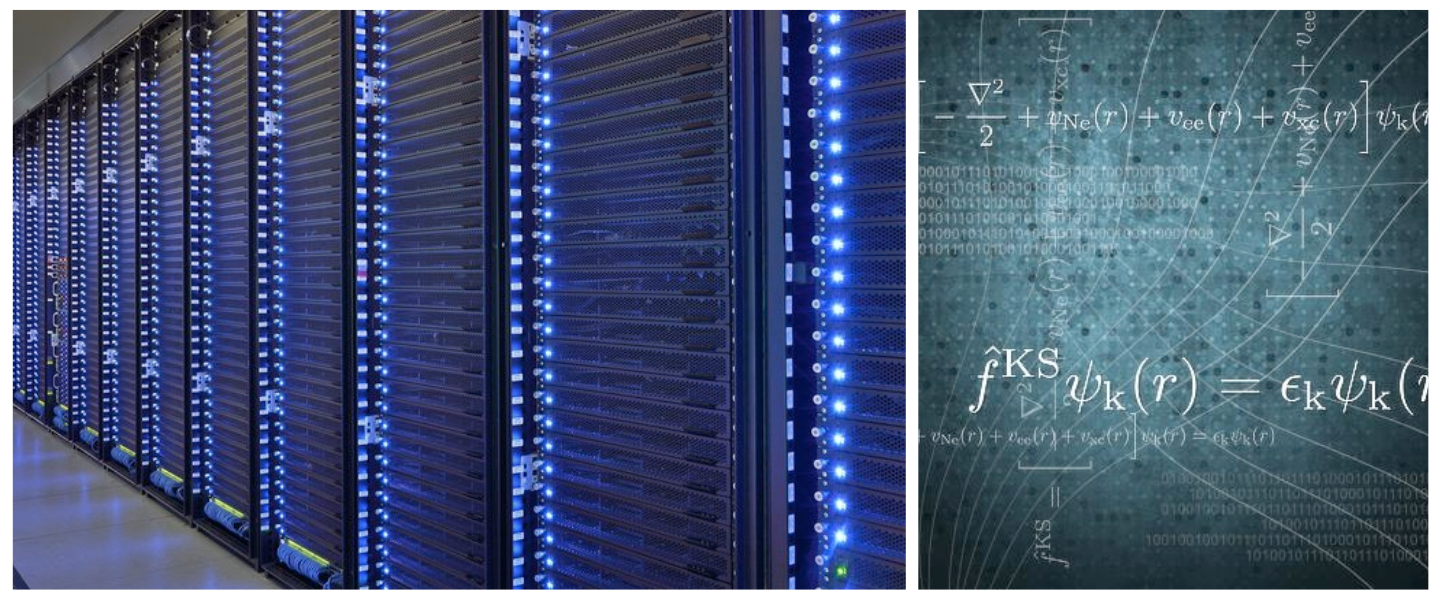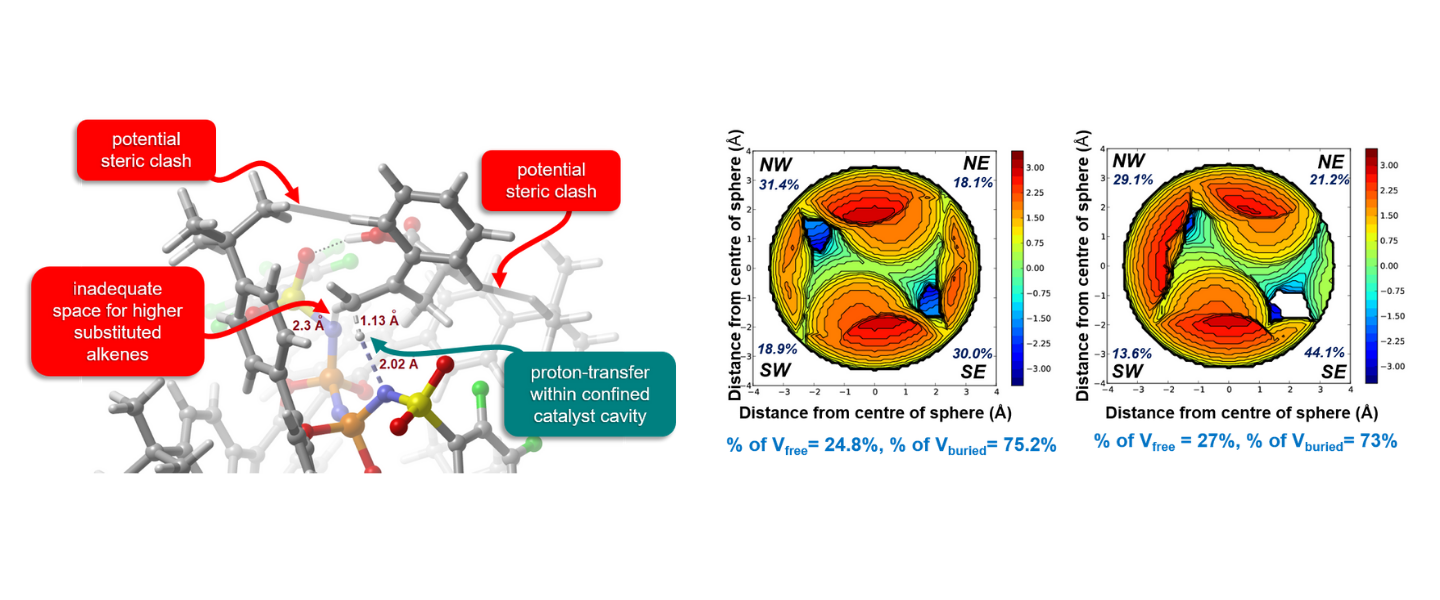

Computational chemistry has become a powerful vehicle for understanding the principles of physical organic concepts and rationalizing and even predicting the outcome of various catalytic and non-catalytic organic reactions. Chiefly among them are Non-covalent interactions that are prevalent in organic systems, and accurately capturing their impact is vital for the reliable description of chemical phenomena. These interactions impact everything from molecular conformations and stability, to the outcome of stereoselective organic reactions and the function of biological macromolecules. Driven by the emergence of dispersion corrected density functionals and highly accurate DLPNO-CCSD(T) methods, it is now possible to identify and quantify these interactions which has opened doors to the possibility of computer aided design that might reshape modern organic chemistry. In my research, I have extensively used these tools in popular computational suits (Gaussian, ORCA etc.) along with several other utility-tools (e.g. NBO, NCI, AIM, steric contour plots, Distortion-Interaction Analysis) to address questions related to synthesis.


FUNDING

